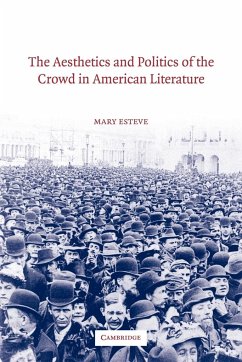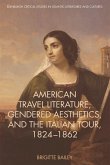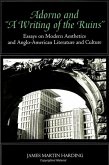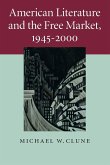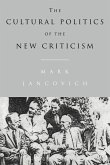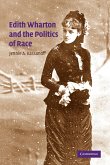Mary Esteve provides a study of crowd representations in American literature from the antebellum era to the early twentieth century. As a central icon of political and cultural democracy, the crowd occupies a prominent place in the American literary and cultural landscape. Esteve examines a range of writing by Poe, Hawthorne, Lydia Maria Child, Du Bois, James, and Stephen Crane among others. These writers, she argues, distinguish between the aesthetics of immersion in a crowd and the mode of collectivity demanded of political-liberal subjects. In their representations of everyday crowds, ranging from streams of urban pedestrians to swarms of train travellers, from upper-class parties to lower-class revivalist meetings, such authors seize on the political problems facing a mass liberal democracy - problems such as the stipulations of citizenship, nation formation, mass immigration and the emergence of mass media. Esteve examines both the aesthetic and political meanings of such urban crowd scenes.

